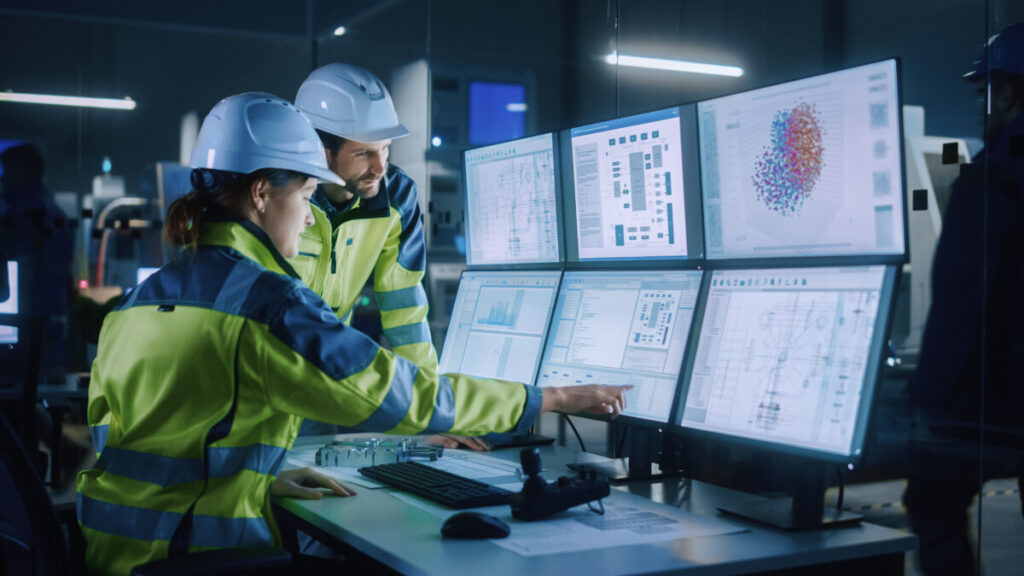Structural monitoring has become fundamental in the safe and efficient management of industrial plants, companies and construction sites.
What is Structural Monitoring?
Structural monitoring is a process that involves the continuous collection of data to evaluate the conditions and performance of structural elements. This can include buildings, bridges, towers, tanks, transportation lines and other critical assets.
Why is it Important?
Safety: Structural monitoring helps to identify potential problems in advance, reducing the risk of accidents and ensuring the safety of people and activities.
Efficiency: By detecting damage or degradation in a timely manner, preventive maintenance can be planned, reducing costs and downtime.
Longevity: Monitoring extends the life of structural assets, optimizing long-term investments.
Regulatory Compliance: Many sectors are subject to strict regulations on structural monitoring to ensure safety and regulatory compliance of construction sites.
Technologies for Structural Monitoring

Sensors: Used to measure stresses, strains, temperatures, vibrations, and other variables. Data is collected in real-time.
Telemetry: Wireless transmission of data from sensors to centralized control systems.
Data Analysis: Advanced software processes the collected data, identifying trends, patterns and anomalies.
Predictive Models: Based on historical and current data, these models anticipate future behavior of structures.
Alarms and Notifications: Immediate alarm systems in case of critical situations.
What CogniMade Offers
- Sensors: Low-noise synchronized accelerometers, vibrometers, inclinometers, profilometers, crack meters, radar, customized solutions.

- State-of-the-art Data Transmission: Based on Wireless LORA or wired EtherCAT bus.
- High-Reliability Gateway/Data Logger: For data collection.
- Cloud Platform: For data storage and visualization. Automated alarm management and reporting.
- Data Analysis: To identify trends or anomalies based on predictive models and machine learning.
Advantages of Structural Monitoring
- Prevention and Safety
- Operational Efficiency
- Preventive Planning
- Regulatory Compliance
For more technical details, visit the Products page.
